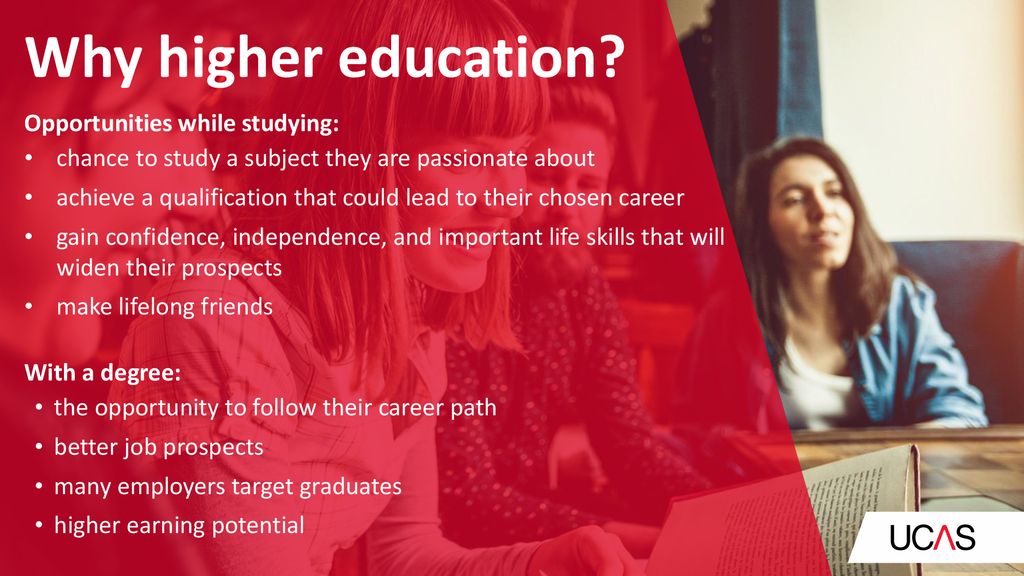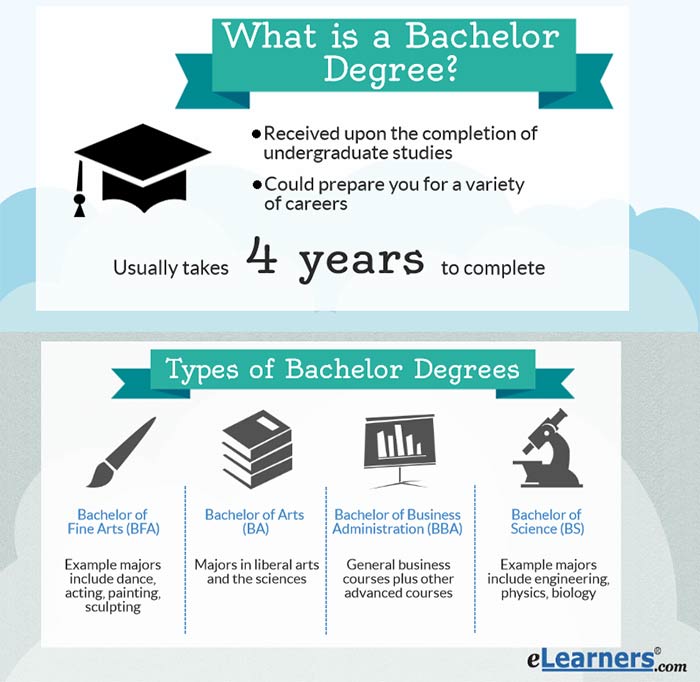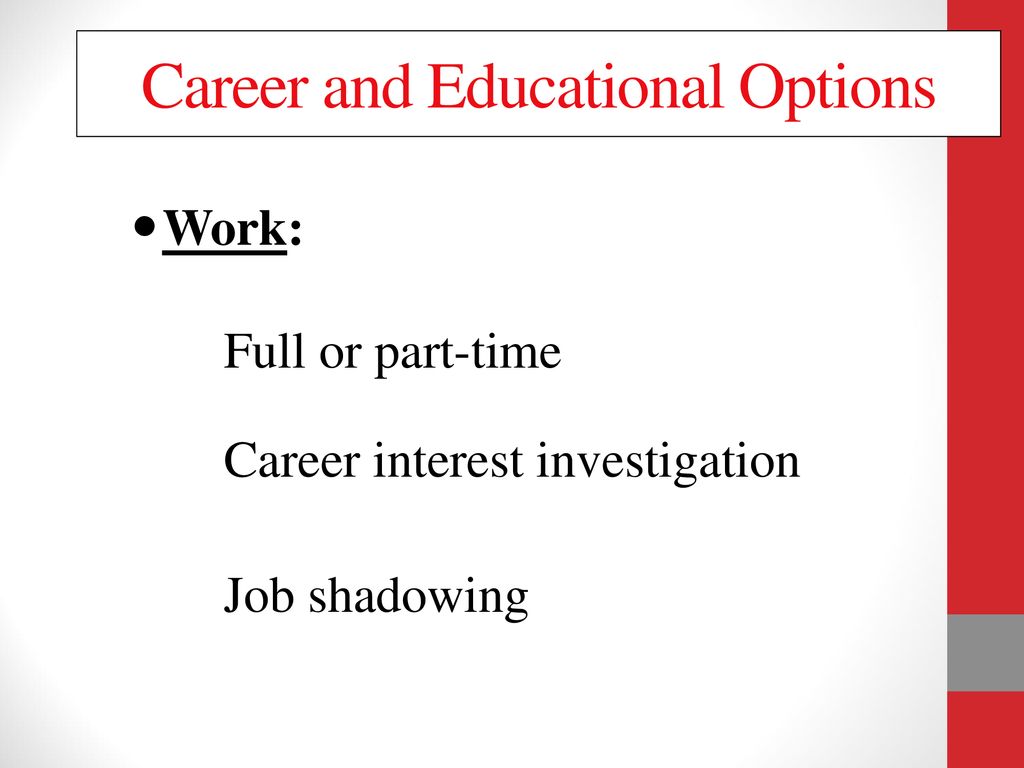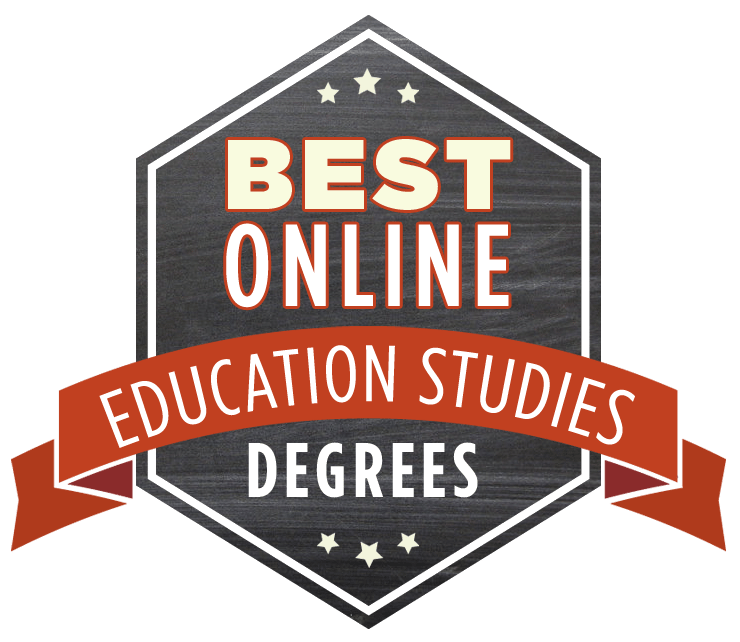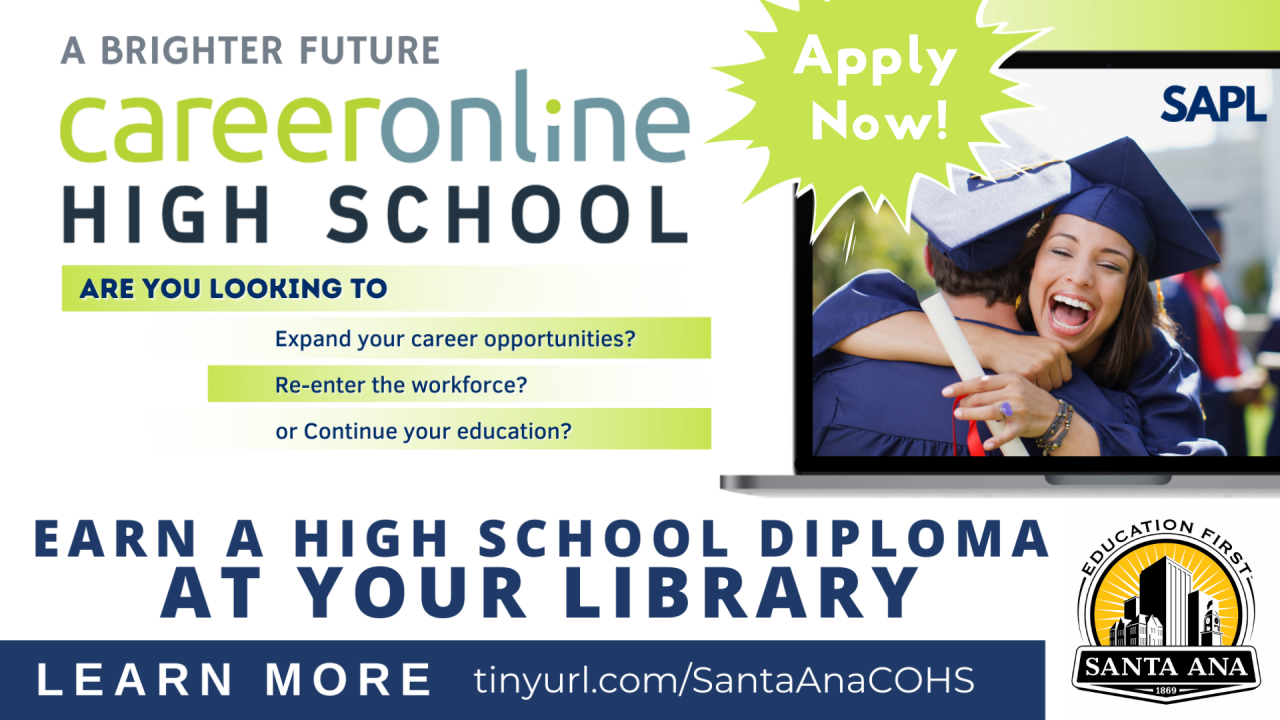How to finance an education degree without taking on excessive debt? It’s a question echoing in the minds of countless aspiring educators. The dream of shaping young minds shouldn’t come at the price of crippling debt. This guide navigates the often-confusing world of funding options, offering practical strategies to achieve your educational goals without sacrificing your financial future.
We’ll explore scholarships, grants, personal savings, part-time jobs, and smart financial planning – empowering you to make informed decisions and build a sustainable path to your teaching career.
From meticulously crafting a budget and exploring the potential of side hustles to understanding the nuances of federal student loans and the benefits of community college, this guide provides a holistic approach to funding your education. We’ll break down complex financial jargon, offering clear, actionable steps you can take today to secure your educational journey without unnecessary financial burdens.
Get ready to unlock your potential and pursue your passion for education responsibly.
Exploring Funding Sources Beyond Loans

Financing an education degree shouldn’t mean drowning in debt. Numerous avenues exist to fund your studies without relying solely on loans. By strategically exploring scholarships, grants, and institutional aid, you can significantly reduce your financial burden and pave the way for a rewarding career in education. This section delves into these alternative funding options, providing practical guidance on how to access them.
Scholarships for Education Degrees
Securing a scholarship can dramatically lessen the financial strain of pursuing an education degree. Many organizations offer scholarships specifically designed for aspiring teachers and educators, often focusing on specific subject areas or demographics. The key is thorough research and timely application. Below is a sample of potential scholarships – remember to verify eligibility criteria and deadlines on the official scholarship websites.
| Scholarship Name | Eligibility | Amount | Application Deadline |
|---|---|---|---|
| The Milken Educator Awards | Exceptional K-12 educators demonstrating innovative teaching and leadership. | Varies; includes significant cash prize and recognition. | Varies by state/region; check their website. |
| American Federation of Teachers Scholarships | Current AFT members, their dependents, or those pursuing careers in education. Specific scholarships exist for different subject areas. | Varies by scholarship; check their website. | Varies by scholarship; check their website. |
| National Education Association (NEA) Scholarships | Members of the NEA or their dependents pursuing careers in education. Various scholarships are available based on subject, grade level, and other factors. | Varies by scholarship; check their website. | Varies by scholarship; check their website. |
| Teach for America Scholarships | Participants in the Teach for America program, committing to teach in underserved communities. | Varies depending on the program and need. | Varies depending on the program and application cycle. |
Grants for Aspiring Educators
Grants offer another valuable avenue for funding your education, often requiring less stringent eligibility criteria than scholarships. Many federal and state governments, along with private organizations, provide grants specifically for individuals pursuing careers in education.The application process typically involves completing a detailed application form, providing transcripts, letters of recommendation, and a personal statement outlining your educational goals and financial need.
Documentation requirements vary depending on the specific grant. For instance, the application for a federal grant might require tax returns and proof of enrollment, while a state-specific grant might prioritize applicants from within that state. Thoroughly review the grant guidelines for specific requirements.
Federal and State Grants for Higher Education
Federal grants, such as the Pell Grant, are need-based and awarded to students pursuing undergraduate and, in some cases, graduate degrees. Eligibility is determined by your Expected Family Contribution (EFC), calculated using the Free Application for Federal Student Aid (FAFSA). State grants operate similarly, often focusing on residents of that state and potentially prioritizing specific fields of study, including education.
Application processes usually involve completing the FAFSA and potentially a separate state application. These grants don’t need to be repaid, unlike loans.
Institutional Aid and Merit-Based Scholarships
Many colleges and universities offer their own financial aid packages, including institutional grants and merit-based scholarships. Institutional grants are often need-based and awarded based on the student’s financial circumstances, as determined by their FAFSA. Merit-based scholarships recognize academic achievement, extracurricular involvement, or other exceptional qualities. These awards can significantly reduce tuition costs and are typically applied for through the university’s financial aid office.
The application process often involves submitting transcripts, test scores, and a personal essay highlighting your accomplishments and aspirations.
Leveraging Personal Resources and Savings
Funding your education shouldn’t solely rely on loans. A significant portion of your educational expenses can be covered by strategically utilizing your existing resources and savings. This involves careful budgeting, asset liquidation, and smart saving strategies. Let’s explore how to maximize your personal financial resources for your educational journey.
Budgeting and Saving Strategies
Creating a detailed budget is the cornerstone of successful education funding. This allows you to identify areas where you can cut back and redirect funds towards your educational goals. A comprehensive budget tracks all income sources – salary, part-time jobs, grants, etc. – against all expenses, including housing, food, transportation, entertainment, and debt payments. By meticulously documenting every transaction, you can gain a clear picture of your spending habits and pinpoint areas for potential savings.
Consider using budgeting apps or spreadsheets to simplify the process. Aim to allocate a specific amount each month towards your education fund. Even small, consistent savings add up over time. For instance, saving $100 a month for four years totals $4800 – a substantial contribution towards tuition fees or living expenses.
Selling Personal Assets to Fund Education
Selling unused or underutilized assets can provide a significant influx of cash for your education. This could involve selling a car, jewelry, electronics, or collectibles. Before selling, research the market value of your assets to ensure you receive a fair price. Online marketplaces, consignment shops, and pawnbrokers are potential avenues for selling. It’s crucial to understand the tax implications of selling assets.
Capital gains tax may apply if you sell assets for more than their original purchase price. Consult a tax professional to determine your tax obligations and explore strategies for minimizing tax liabilities. For example, if you sell a car you purchased for $10,000 and sell it for $12,000, you’ll likely need to pay capital gains tax on the $2,000 profit.
Smartly funding your education degree is key to avoiding crippling debt. Explore scholarships, grants, and part-time work to lessen the financial burden. Remember, the return on investment is crucial; consider the promising career paths available, like checking out the extensive job opportunities after completing a master’s degree in education? before committing. Ultimately, a well-planned financial strategy ensures a brighter future after graduation.
Building an Emergency Fund Alongside Education Savings
While saving for education is paramount, it’s equally important to maintain an emergency fund. An emergency fund acts as a safety net, protecting you from unexpected expenses that could derail your savings plan. A general guideline is to aim for 3-6 months’ worth of living expenses in your emergency fund. You can achieve this by setting aside a portion of your income each month, even if it means saving less for education initially.
This dual approach ensures financial stability while pursuing your educational goals. For instance, if your monthly living expenses are $1,500, aim for an emergency fund of $4,500 to $9,000. This allows you to cover unexpected expenses like medical bills or car repairs without tapping into your education savings.
High-Yield Savings Accounts and Investment Vehicles
Once you have established an emergency fund, consider investing your education savings in high-yield savings accounts or other investment vehicles for long-term growth. High-yield savings accounts offer higher interest rates than traditional savings accounts, allowing your money to grow faster. However, returns might be modest compared to other investment options. For long-term education savings, consider low-cost index funds or ETFs.
These offer diversification and potential for higher returns over time, although they carry some level of risk. Remember to factor in the time horizon; longer time horizons generally allow for higher-risk, higher-reward investments. For example, if you have 10 years until you start your degree, you might consider a more aggressive investment strategy compared to someone starting their degree next year.
Smartly financing your education degree is key to avoiding crippling debt. Understanding potential post-graduation earnings is crucial in this planning; check out the average salaries for different education specializations to help you budget effectively by checking out this resource: Average salary for education degree holders with different specializations? This research will inform your financial strategy, ensuring you choose a path that aligns with both your academic goals and your long-term financial well-being.
Consult a financial advisor to determine the most suitable investment strategy based on your risk tolerance and financial goals.
Part-Time Employment and Income Generation: How To Finance An Education Degree Without Taking On Excessive Debt?

Juggling a demanding education degree with financial responsibilities can feel overwhelming. However, strategic part-time employment and income generation can significantly alleviate the pressure of student loans. Finding the right balance between study time and work is key to success, and careful planning can lead to a manageable and financially rewarding experience. This section explores various avenues for generating income while pursuing your education degree.
Securing a part-time job that complements your studies requires careful consideration of your skills, availability, and the demands of your academic program. The key is to find a role that allows for flexibility and doesn’t compromise your academic performance. Over-committing can lead to burnout, negatively impacting both your studies and your earning potential.
Part-Time Job Opportunities Compatible with Studying
Many part-time roles offer flexible hours suitable for students. These include tutoring, teaching assistant positions, roles in libraries or academic institutions, or positions in retail or hospitality which often have evening or weekend shifts. Administrative or data entry roles are also commonly available and can be done remotely, offering even greater flexibility. The availability of such roles varies depending on location and the time of year.
For instance, tutoring opportunities might be more plentiful during exam periods, while retail positions might see increased demand during the holiday season.
Strategies for Negotiating Higher Wages and Benefits in Part-Time Positions
Negotiating a higher wage or better benefits, even in a part-time role, is possible. Thoroughly research the average wage for similar roles in your area before applying. Highlight your skills and experience, emphasizing how your abilities directly benefit the employer. For example, if you’re applying for a tutoring position, emphasize your strong academic record and experience working with younger students.
Be confident and articulate your value, presenting a well-prepared and professional demeanor throughout the interview process. Don’t be afraid to politely counter-offer if the initial offer is below your expectations. Remember to also inquire about potential benefits like flexible scheduling or paid time off.
Creating a Freelance Business or Side Hustle
Freelancing offers a high degree of flexibility, allowing you to tailor your work schedule around your studies. Consider your skills and identify services you can offer, such as writing, editing, graphic design, web development, or tutoring. Building an online presence through a professional website or social media profiles is crucial for attracting clients. Platforms like Upwork and Fiverr can help you connect with potential clients.
Start small, focusing on building a positive reputation and gradually increasing your workload as your skills and experience grow. While initial income may be modest, consistent effort and strategic marketing can lead to significant earnings over time. For example, a student proficient in a particular programming language could offer website design or app development services.
Comparison of Income Generation Strategies
Each income generation strategy has its own set of advantages and disadvantages. Part-time employment often offers stability and consistent income but may limit flexibility. Freelancing provides greater flexibility but can involve inconsistent income and requires self-discipline and marketing efforts. A balanced approach, combining part-time work with a freelance side hustle, can potentially maximize income while maintaining a healthy work-life balance.
For instance, a student might work part-time at a library while simultaneously offering online tutoring services. The optimal strategy will depend on individual skills, preferences, and time constraints.
Strategic Planning and Educational Pathways
Choosing the right educational path and strategically planning your finances are crucial for minimizing debt while pursuing an education degree. A well-thought-out approach can significantly impact your overall cost and future career prospects. This involves careful consideration of program costs, potential earnings, and lifestyle adjustments.
Comparison of Education Degree Programs: Cost and Career Prospects
Selecting a degree program requires a realistic assessment of both cost and future earning potential. A high-paying career may justify a more expensive program, but a careful cost-benefit analysis is essential. For example, a nursing degree may involve higher tuition but offers strong job security and higher earning potential compared to a less specialized humanities degree. Similarly, a shorter program like a vocational certification might cost less upfront but might lead to a lower-paying job in the long run.
Consider researching salary data for various professions to help inform your decision. Websites like the Bureau of Labor Statistics (BLS) provide valuable data on average salaries and job growth projections.
Benefits of Community College Transfer
Attending a community college for the first two years before transferring to a four-year university is a financially savvy strategy. Community colleges generally offer significantly lower tuition rates than four-year universities. This allows students to complete their general education requirements at a reduced cost, saving thousands of dollars. Many community colleges have articulation agreements with four-year institutions, guaranteeing that credits earned will transfer seamlessly.
This strategy not only reduces costs but also allows students time to explore different academic interests before committing to a specific major. For example, a student unsure about their career path can explore various subjects at a lower cost at a community college before deciding on a major at a four-year institution.
Cost Savings Through Institutional Choice
The cost of tuition varies drastically between institutions. Public universities generally cost less than private universities. Within public universities, costs can differ significantly between states. State residents typically receive in-state tuition rates, which are considerably lower than out-of-state rates. Similarly, smaller, less prestigious universities may offer comparable education at a fraction of the cost of larger, more well-known institutions.
For instance, a state university in a rural area may offer a lower tuition than a highly-ranked private university in a major city. Careful research into tuition rates and financial aid opportunities at various institutions is crucial.
Reducing Living Expenses During Education
Living expenses can significantly impact the overall cost of education. A detailed budget is essential to minimize unnecessary spending. This involves exploring affordable housing options, such as living at home, sharing accommodation with roommates, or finding student housing with lower rent. Careful budgeting for groceries, transportation, and entertainment is also crucial. Cooking at home instead of eating out regularly, using public transportation or cycling, and limiting entertainment expenses can save considerable amounts of money.
For example, preparing meals at home instead of eating out can save hundreds of dollars per month. Similarly, using public transportation instead of owning a car can eliminate expenses associated with car payments, insurance, and fuel.
Understanding Loan Options and Responsible Borrowing

Navigating the world of student loans can feel overwhelming, but understanding your options and borrowing responsibly is crucial for a financially sound future. This section will break down federal and private student loans, highlighting key differences and considerations to help you make informed decisions. Remember, the goal is to minimize debt while maximizing your educational opportunities.Federal Student Loans: A Comprehensive OverviewFederal student loans offer several advantages, including lower interest rates compared to private loans and various repayment plans designed to fit different financial situations.
Understanding these options is key to managing your debt effectively.
Federal Student Loan Repayment Plans and Forgiveness Programs
The federal government provides several repayment plans, allowing borrowers to adjust their monthly payments based on their income and family size. These plans include the Standard Repayment Plan (fixed monthly payments over 10 years), Graduated Repayment Plan (payments start low and increase over time), Extended Repayment Plan (longer repayment period, leading to lower monthly payments but higher total interest), and Income-Driven Repayment Plans (payments are based on your income and family size).
Forgiveness programs, such as Public Service Loan Forgiveness (PSLF), may also be available for borrowers working in qualifying public service jobs after making a certain number of on-time payments. Specific eligibility criteria and program details vary, so it’s essential to research the options carefully and consult with a financial advisor.
Comparison of Federal and Private Student Loans
Private student loans are offered by banks and credit unions, and while they can fill funding gaps, they often come with higher interest rates and less flexible repayment options than federal loans. The interest rates on private loans are variable and often tied to market conditions, potentially leading to unpredictable monthly payments. Additionally, private loans generally lack the income-driven repayment plans and forgiveness programs offered by federal loans.
Before considering private loans, thoroughly explore federal loan options and exhaust all available federal aid. A clear comparison of interest rates, repayment terms, and available benefits is crucial in making the best choice. For instance, a federal loan might offer a 5% fixed interest rate over 10 years, while a private loan might offer a 7-8% variable rate over the same period, significantly increasing the total cost of borrowing.
Co-signing Student Loans: Responsibilities and Implications, How to finance an education degree without taking on excessive debt?
Co-signing a student loan means agreeing to repay the loan if the primary borrower defaults. This carries significant financial responsibility. The co-signer’s credit score is affected by the loan’s performance, and a default can severely damage their credit rating. Before co-signing, carefully assess your financial situation and the borrower’s ability to repay the loan. It’s crucial to have a clear understanding of the terms and conditions of the loan agreement and the potential consequences of default.
A thorough discussion with the borrower about their repayment plan and financial stability is essential before committing to co-signing.
Sample Loan Repayment Plan
Creating a realistic repayment plan is vital to minimizing interest accumulation and managing your debt effectively. This involves calculating your total loan amount, interest rate, and desired repayment period. Consider using an online loan calculator to estimate monthly payments and total interest paid under different scenarios. For example, let’s say you have a $20,000 loan at 5% interest with a 10-year repayment period.
Using a loan calculator, you’ll find your approximate monthly payment. Prioritizing loan repayment by making extra payments when possible can significantly reduce the total interest paid and shorten the repayment period. Budgeting and tracking your expenses are crucial for sticking to your repayment plan and avoiding late payments. Building an emergency fund can also provide a buffer in case of unexpected financial setbacks.

